Author: Earl White
-

The new light-based quantum computer Jiuzhang has achieved quantum supremacy
The new light-based quantum computer Jiuzhang has achieved quantum supremacy A second type of quantum computer has now performed a calculation impossible for a traditional computer. Source: www.sciencenews.org/article/new-light-based-quantum-computer-jiuzhang-supremacy
-
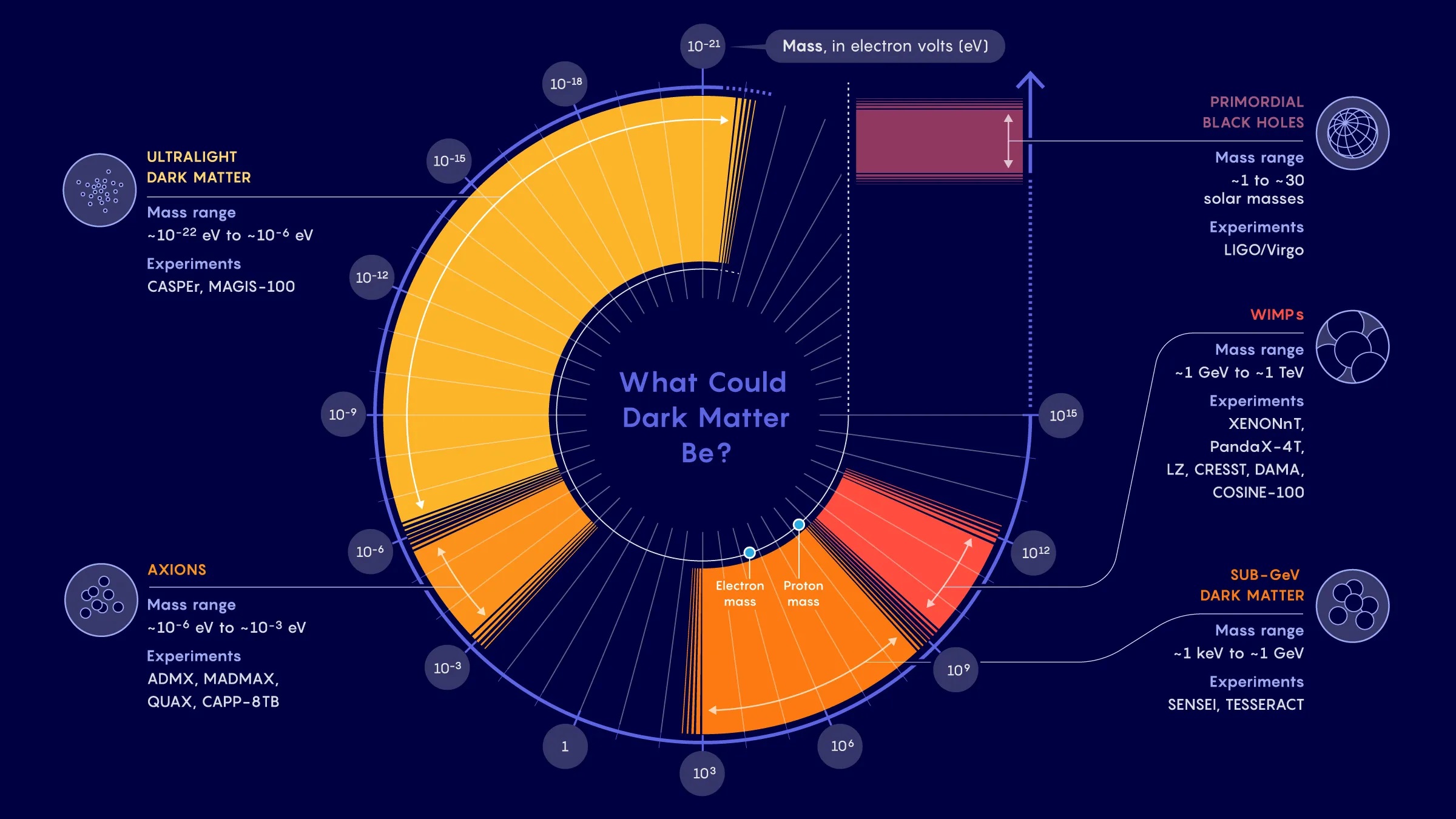
The Search for Dark Matter Is Dramatically Expanding
The Search for Dark Matter Is Dramatically Expanding The Search for Dark Matter Is Dramatically Expanding Physicists are checking whether dark matter tickles different types of detectors, nudges starlight, warms planetary cores, or even lodges in rocks. EVER SINCE ASTRONOMERS reached a consensus in the 1980s that most of the mass in the universe is invisible—that…
-

‘WTF?’: newly discovered ghostly circles in the sky can’t be explained by current theories, and astronomers are excited
‘WTF?’: newly discovered ghostly circles in the sky can’t be explained by current theories, and astronomers are excited In September 2019, my colleague Anna Kapinska gave a presentation showing interesting objects she’d found while browsing our new radio astronomical data. She had started noticing very weird shapes she couldn’t fit easily to any known type…
-
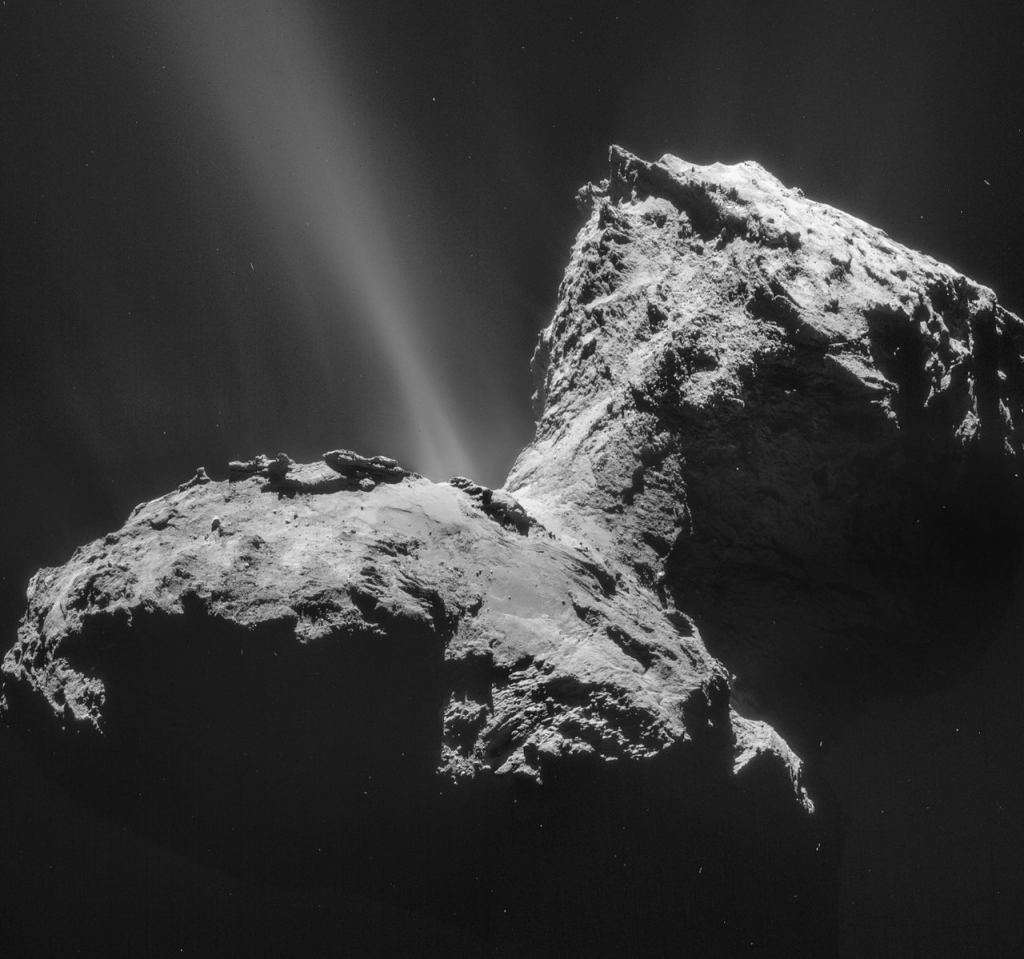
Solid phosphorus and fluorine in the dust from the coma of comet 67P/Churyumov–Gerasimenko
New research indicates comets carry all the elements required for life. ABSTRACT Here, we report the detection of phosphorus and fluorine in solid particles collected from the inner coma of comet 67P/Churyumov–Gerasimenko measured Source: academic.oup.com/mnras/article-abstract/499/2/1870/5911597
-
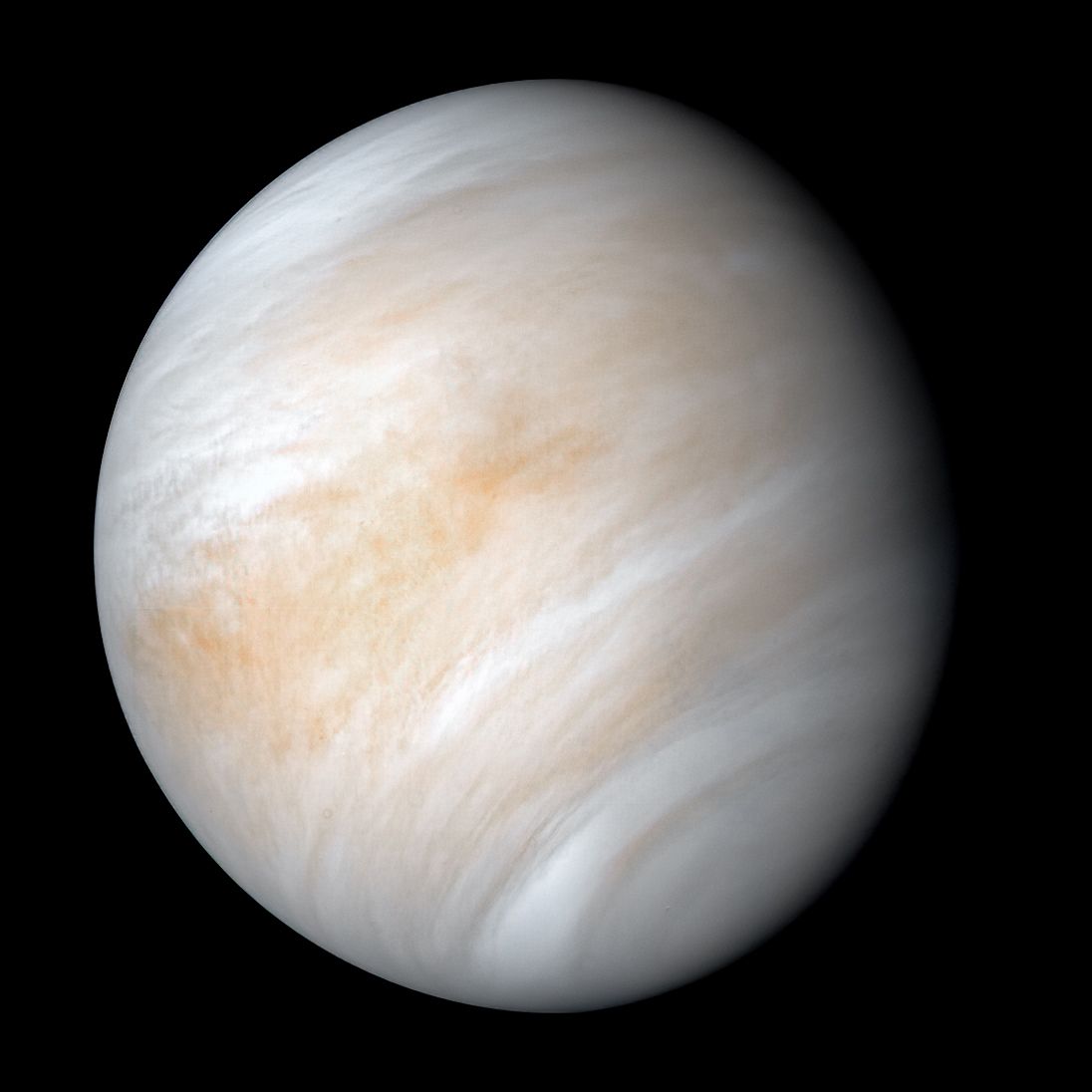
Amino acid found in the atmosphere of Venus
Amino acids are considered to be prime ingredients in chemistry, leading to life. Glycine is the simplest amino acid and most commonly found in animal proteins. It is a glucogenic and non-essential amino acid that is produced naturally by the living body and plays a key role in the creation of several other important bio-compounds…
-
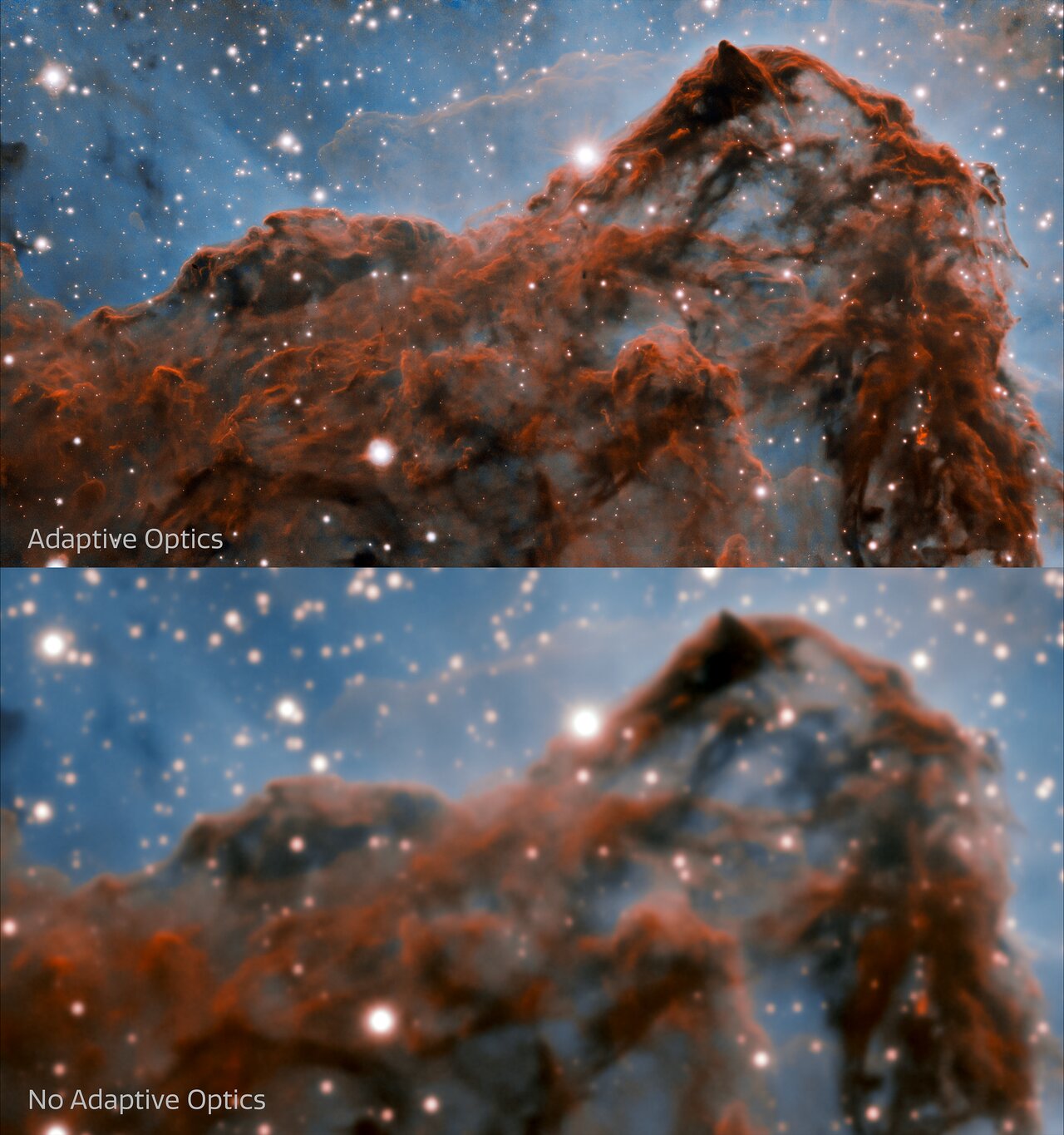
Comparison of images with and without Adaptive Optics
Adaptive optics control the surfaces of a telescope’s optic – often the main mirror – to take into account the turbulence in the Earth’s atmosphere. By doing this, the distortion caused by the “twinkling” we can even see when we look at stars with our eyes alone can be removed. This image shows a comparison…
-

SwRI instruments aboard Rosetta help detect unexpected ultraviolet aurora at a comet
SwRI instruments aboard Rosetta help detect unexpected ultraviolet aurora at a comet Data from Southwest Research Institute-led instruments aboard ESA’s Rosetta spacecraft have helped reveal auroral emissions in the far ultraviolet around a comet for the first time. Source: www.swri.org/press-release/rosetta-ultraviolet-aurora-comet-67p-churyumov-gerasimenko
-
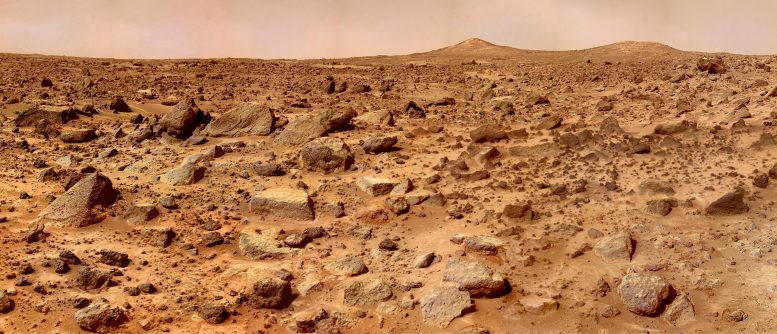
Mars’ Twin Peaks – Super-Resolution Image From Mars Pathfinder
NASA’s Mars Pathfinder mission landed on the Red Planet on July 4, 1997. It’s tiny rover, named Sojourner after abolitionist Sojourner Truth, spent 83 days of a planned seven-day mission exploring the Martian terrain, acquiring images, and taking chemical, atmospheric and other measurements. When the Mars Pathfinder spacecraft approached its destination, no NASA mission had successfully reached…
-
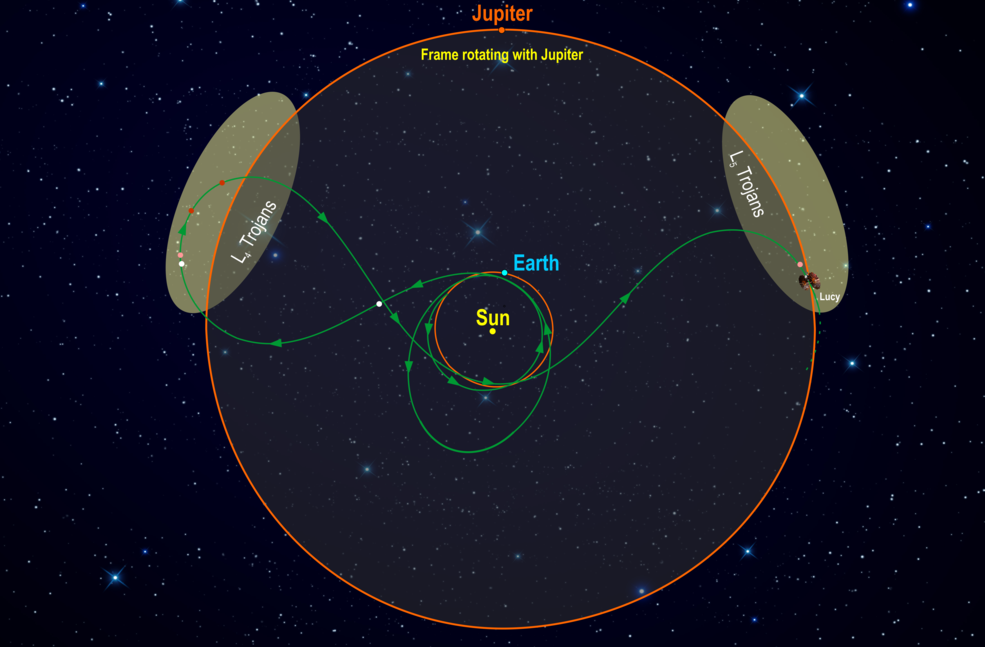
Lucy: The First Mission to the Trojan Asteroids
Lucy: The First Mission to the Trojan Asteroids Time capsules from the birth of our Solar System more than 4 billion years ago, the swarms of Trojan asteroids associated with Jupiter are thought to be remnants of the primordial material that formed the outer planets. The Trojans orbit the Sun in two loose groups, with…
-
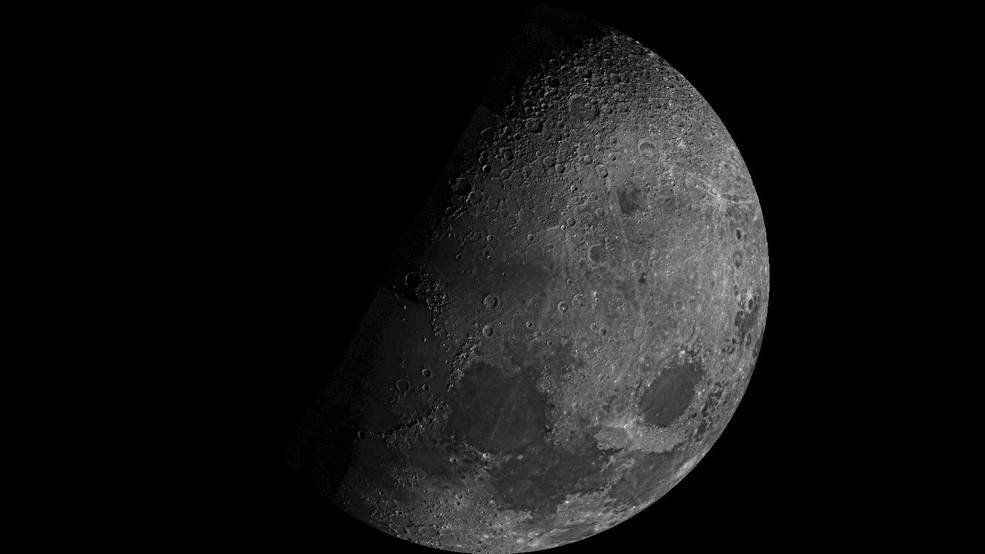
The Moon Is Rusting, and Researchers Want to Know Why
The Moon Is Rusting, and Researchers Want to Know Why While our Moon is airless, research indicates the presence of hematite, a form of rust that normally requires oxygen and water. That has scientists puzzled. Mars has long been known for its rust. Iron on its surface, combined with water and oxygen from the ancient…
-

Peculiar planetary system architecture around three Orion stars explained
Peculiar planetary system architecture around three Orion stars explained Not only has the discovery of eoxplanets throughout our galaxy provided a host of new worlds for astronomers to catalogue and observe, but also thrown up new challenges about their formation. New work published in Science by an international team including Carnegie’s Jaehan Bae could explain…
-
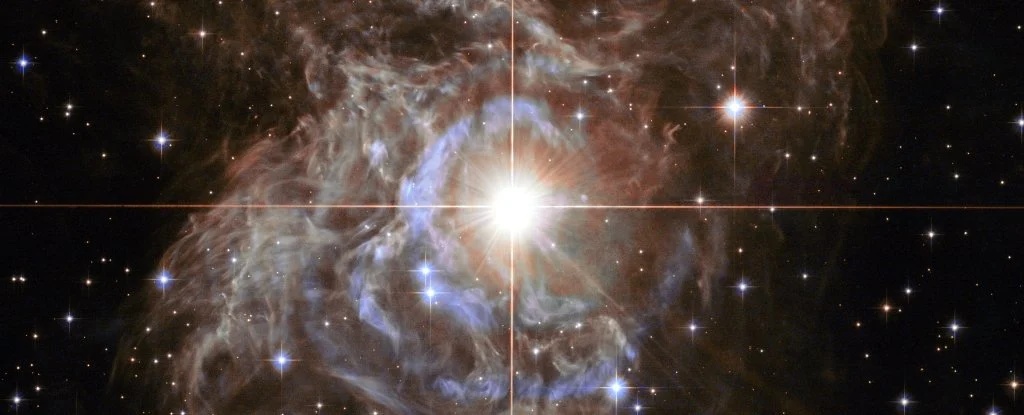
This Is The Most Exciting Crisis in Cosmology
For as long as there has been a Universe, space has been expanding. It winked into existence roughly 13.8 billion years ago, and has been puffing up ever since, like a giant cosmic balloon. Source: www.sciencealert.com/we-can-t-figure-out-how-fast-the-universe-is-expanding-here-s-why/